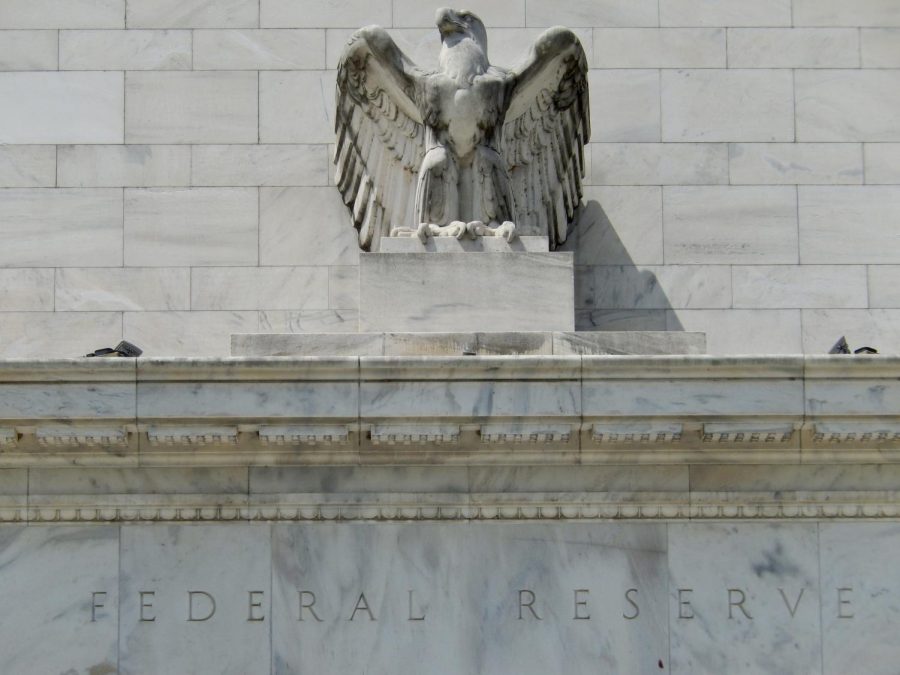Federal Reserve raises rates by 75 basis points for third time
September 26, 2022
The Federal Reserve pursued another aggressive move toward interest rate hikes in its latest meeting on Sept. 21.
As expected, following the disappointing result of the core consumer price index in the August index report, the Fed is making the 75 basis points raise the new normal.
Following the news, the S&P 500 fell by 1.7% as investors weighed the burden of borrowing money at even higher rates.
Fed officials signaled the intention of continuing to hike the rate until it reaches the terminal point of 4.6% in 2023.
Contrary to the quantitative easing period, traders fear the Fed’s hawkish plans are more aggressive than expected. Predictions after this Fed meeting show that the Fed will raise rates by 1.25% in its two remaining meetings this year.
The Fed reaffirmed its goal of meeting its low inflation goal. The higher inflation rate will not cause any deviation from that goal.
“My main message has not changed since Jackson Hole,” Powell said in his post-meeting news conference. “The FOMC is strongly resolved to bring inflation down to 2%, and we will keep at it until the job is done.”
Economists expect the unemployment rate to rise to 4.4% by next year, an uptick from its current rate at 3.7%. This increase is nerve-racking because an increase of such magnitude risks tipping the economy into a recession.
Other experts believe that the rate hikes might push unemployment as high as 7.5%.
In addition to rate increases, the Fed will continue to reduce the number of bond holdings it has collected over the years. This is referred to as quantitative tightening, which started this September with the Fed’s attempt to shrink its $8.9 trillion balance sheet.
The Fed has now reached a 3.25% interest rate, which affects many consumers and business loans. This is the highest rate since 2008.
Many economists aren’t too satisfied about the Fed’s aggressive hikes, as it was the central bank’s fault for taking too long to act. The Fed now risks tipping the economy off into a recession.
As a result of the aggressive hikes, the average fixed mortgage reached its highest point in 14 years as the rate topped 6%. Borrowing costs for credit cards have also reached its the highest totals since 1996.
Inflation continues to be fueled by a rise in consumer spending, accompanied by rising wages. Many economists hoped that decreasing gasoline prices would decrease spending, but consumers spent their money instead on other goods.
The Fed is aware of the pain this will cause businesses and consumers, but it is reasoning that suffering now is better than a collapse due to untamed inflation.
Whether the United States tips into a recession is really in the hands of consumers. A small tightening on spending will help bring down inflation and make the Fed ease its aggressive hikes.
But the continuing increase in consumer spending may lead the Fed to become too aggressive and tip the economy into a recession.









